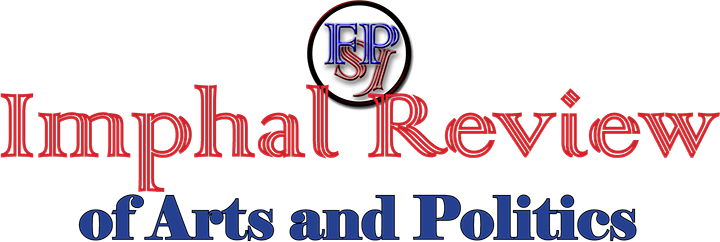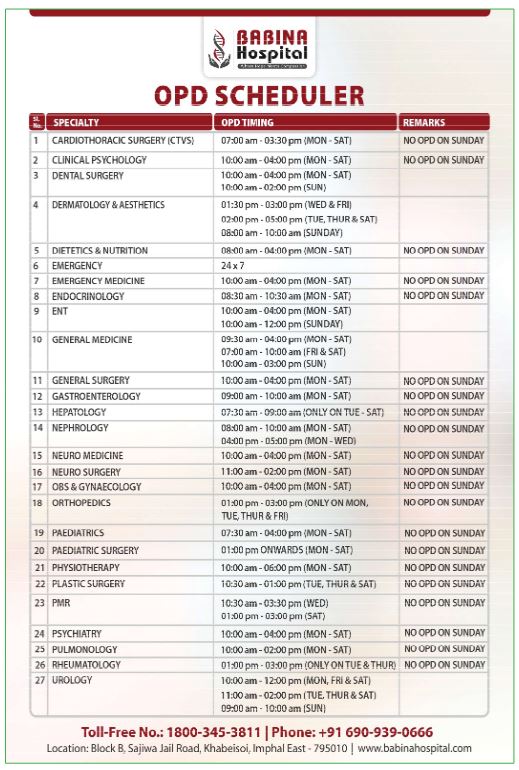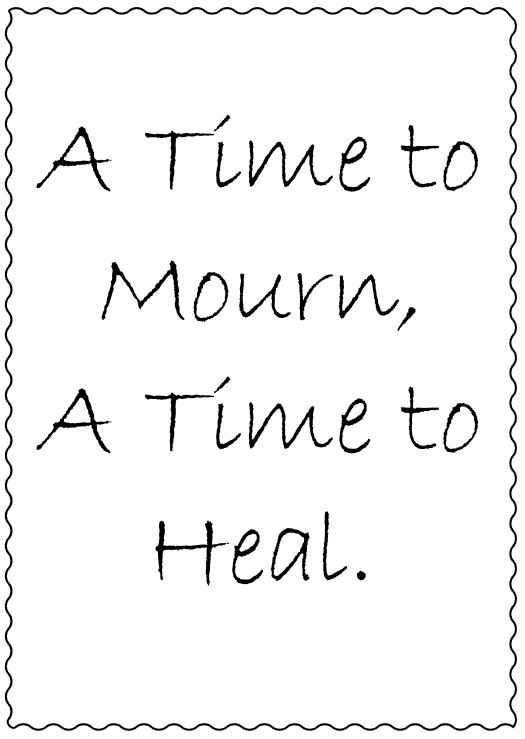If you’ve ever felt like your business is running you instead of the other way around, then this story might sound painfully — and hilariously — familiar.
In 2010, I came home to Manipur from Mumbai — not defeated, just dramatically disillusioned. Picture a brave young man in his early 30s, equal parts idealist and eccentric, bursting with enthusiasm and philosophical fire. My identity had been forged in the backstreets of Mumbai, shaped by secondhand books bought for loose change from Fort’s footpaths, and refined in the cozy corners of Oxford Bookstore, where I worked purely for the privilege of reading.
I wasn’t just any reader. I was that reader — the one quoting Plato while making chai, debating Nietzsche over Maggi, and preaching Emerson’s Self-Reliance like it was gospel. And then there was Howard Roark — Ayn Rand’s heroic architect from The Fountainhead — who made rebellion look sexy and solitude feel like a strategy. Naturally, I thought I was him. (Minus the cheekbones and granite jawline.)
I didn’t just come back home with experience. I came back like a man on a mission — armed with design skills, philosophical swagger, and enough ambition to power the electric grid of Imphal.
My first business idea? Renting ad spaces on public vehicles across Imphal West. That’s right — turning Tata Magics into mobile billboards. And let me tell you, I could calculate the average number of eyeballs per ride from Imphal to Moirang with disturbing accuracy. Clients were charmed by my enthusiasm — or confused into submission — and somehow, I landed four major projects. The money started rolling in. I had swagger. I had spreadsheets. I had PowerPoints with animations.
And flair? Let’s just say I didn’t dabble in niches — I invented them. I co-founded a Cycle Club in a city where traffic lights were still optional. I hosted red-carpet events like the premiere of Bera Gi Bomb, and helped organize Manipur’s first National Oncology Event. I designed logos and brand identities for businesses that are now household names — Babina Diagnostics, Medilane, Sanamahi Motors. I spotted trends before they were cool. Back in 2014, I saw LED 3D signage and thought, “That’s the future.” And I chased it like Indiana Jones with a laptop. It made money. A lot of it. But it also led me off course — because when you’re chasing cows, you forget why you built the barn.
And behind the scenes? My business was quietly imploding like a polite, slow-motion train wreck.
The problem was simple: the business was me. Remove me, and the engine stopped. Or worse — caught fire.
I tried to implement systems early. I downloaded all the shiny SaaS tools — QuickBooks, Bitrix24, Free Accounting. Basically, if it had a dashboard and sounded vaguely productive, I used it. Implementation, however, was a disaster. Team members came and went like confused pigeons — in briefly, out suddenly, usually pooping on some process on the way out.
Despite my corporate background, there were no KPIs, no team meetings, no performance reviews. SOPs? I had them… half-written, in dusty folders titled “Final Version 3.” Fires broke out daily, and we had nothing but leaky hoses and good intentions to put them out.
I didn’t even draw a salary. But I paid my employees — including the ones who spent more time on PUBG than on PowerPoint.
I had a product. It sold. But instead of getting it in front of more people, I obsessed over making it better. I was trapped in what I now call “Perfection Paralysis with a side of Procrastination.”
I was doing the hiring, the firing, the paying, the praying. My books said I was profitable. My bank account said otherwise. And the accountant? He just stopped taking my calls.
In 2018, my second son was born. I went full-on hermit. My daughter went to school where her mother worked. My son became my world. Family always came first. But in the process, I completely disappeared from everything else — including myself.
Somewhere along the way, the young Roark in me had morphed into a grumpy, overweight boss who smoked cheap Myanmar-made Win cigarettes — yes, even in hospital toilets. (Don’t judge me. Or do. It worked. I quit for good in 2020.)
Entrepreneurial dream? More like a part-time circus act with full-time stress.
And then came a slap in the face. On September 14, 2019 — exactly nine years after I had returned home — Roshnikumar Yambem gave a speech at GM Hall. He spoke about habits, about a friend who tried smoking and couldn’t stop.
Spoiler alert: I was the friend.
I didn’t see the video until a year later, but when I did, it hit me like a TED Talk with a side of existential dread. Not because I was embarrassed — I’d already quit. But because I realized how low I’d let myself fall.
COVID hit. The world paused. So did I.
That’s when I stumbled into the world of global coaching — like Alice falling down a very motivational rabbit hole. I joined Tony Robbins’ Unleash the Power Within and got hooked. Dr. D. Pibarel Meitei handed me the One Page Marketing Plan like a sacred scroll. From there, it was Russell Brunson, ClickFunnels, Grant Cardone, Gary Vee, Dean Graziosi, Brian Tracy, Donald Miller, Tim Ferriss, Dan Martell, Mike Michalowicz…
By 2020, I had gone from mildly curious to full-blown obsessed with the world of global coaching. It was like being sucked into an entrepreneurial Marvel Universe — only instead of capes and superpowers, everyone had frameworks, acronyms, and online courses with suspiciously enthusiastic testimonials. I binged it all: the webinars, the funnels, the five-step secrets, the morning routines of millionaires. YouTube started treating me like a lost soul — bombarding me with ads from shiny-eyed coaches who promised to fix my life if I just clicked “Buy Now” before the countdown timer hit zero.
But somewhere between the fourth funnel and the fifteenth free PDF, a quiet truth broke through the noise. My problem wasn’t a lack of strategy. It wasn’t that I needed another tool, another tactic, another “This one’s different” blueprint. The real mess wasn’t in my systems. It was in my head. Turns out, about sixty percent of my business problems were just mindset issues disguised in corporate casual.
I didn’t need more hacks. I needed healing. I didn’t need another shiny object to chase. I needed a mirror to stare into — and maybe a stiff drink.
So I started climbing. Slowly, stubbornly, sometimes with a dramatic sigh for effect — because self-awareness can be a little theatrical when you’ve avoided it for years. At every stage, I found a mentor. Tony Robbins taught me to master my inner world, the way a Jedi master trains you to lift rocks — except the rocks were limiting beliefs and unprocessed childhood baggage. Russell Brunson handed me the keys to building an audience and crafting offers that didn’t sound like spam. Donald Miller and Dean Graziosi made storytelling a business strategy instead of just dinner party trivia. Tim Ferriss whispered the magic word: leverage. Grant Cardone yelled at me until I moved (I think that’s his love language). Dan Martell brought structure and systems into my chaos. And Rajeev Talreja? He sliced through my confusion with ruthless clarity, like a samurai of strategy.
From this whirlwind of hard truths and powerful tools, something new began to take shape. Not a funnel. Not a magic wand. Not a “10X in 10 Days” dopamine trap. It was something deeper. Something earned.
A framework.
I call it the Brand Presence Framework — built not from theory, but from scars, sleepless nights, and the stubborn belief that there had to be a better way to build a business without losing your soul.
It’s not fast. It’s not flashy. It probably won’t make you a millionaire by Tuesday. But it works.
It begins with Clarity — the kind that doesn’t just live in your business plan but in your bones. Clarity strips away the noise and the nonsense. It asks uncomfortable but essential questions: Who are you really building this for? What do you stand for when no one’s watching? Why are you doing all this in the first place — and don’t say “passion” unless you’ve cried over an Excel sheet at least once.
Then comes Visibility. Because yes, your product is amazing, and yes, your heart is in the right place — but if no one sees you, you might as well be a gourmet chef working in a cave. Visibility isn’t just marketing. It’s showing up with a message that makes people care and a brand that feels like a homecoming for the right audience.
Finally, there’s Legacy. Not the Damcha+Thoi on school benches kind — the kind that outlasts you, that lives in the systems and the people and the impact you leave behind. Legacy is what gives you room to breathe. It’s what lets you build something that still runs when you’re offline, unavailable, or somewhere in Ukhrul drinking lime soda and watching the clouds roll over the hills.
So, if you’re tired of pretending that it’s fine, if your dream business feels more like an exhausting riddle you once romanticized — let me tell you something that took me over a decade (and a few too many late-night breakdowns) to understand:
You’re not broken. You’re just in the messy middle.
You’re not alone. There are thousands of us who built something we never intended to be stuck inside.
You can change things. Honestly, you probably should. But it won’t start with another hustle hack or a productivity planner with gold-foil quotes and pastel tabs. That’s just rearranging the furniture on a house that needs new plumbing.
Real change — the kind that sticks — begins with clarity. Not the kind you scribble in a notebook during a motivational webinar, but the kind that shakes you up a little. The kind that forces you to ask: What am I really building here? Who is this for? And why does it feel so hard?
Because once you’re clear — truly clear — everything else starts to shift. The fog lifts. The overwhelm fades. Decisions get easier. Messaging gets sharper. And suddenly, growth isn’t a grind — it’s a natural next step.
So start your journey — not just to grow your business, but to leave behind a story someone will actually want to tell. Find mentors who’ve walked the road. Meet the guides who speak your language. Hire coaches who care more about your breakthrough than your budget.
Then dive into the real questions — the ones that matter. What does Clarity mean for you? What would true Visibility look like if you stopped hiding? And what kind of Legacy are you really here to build, beyond just surviving the next financial year?
Use those answers to carve your own path. Write your own rules. And while you’re at it, create your own Ten Commandments — because, let’s be honest, Moses didn’t have to deal with Google Ads or GST filings.
No one else can do this part for you. The frameworks can help. The tools can guide. But the transformation? That’s yours to earn.
And when you do, you’ll finally understand: the business was never the end goal. You were building you all along.













1 thought on “Clarity, Visibility, Legacy: Lessons from the Frontlines of Entrepreneurial Burnout”
An architect of his own fate, literally, before us! This definitely must be how dreams are chased, met and owned. An engaging story telling as well and when the outcome is about “building you” the relevance of the process is for every reader, every soul that is fumbling over or groping in the dark for that “Clarity, Visibility, Legacy” in their own journeys.
Keep sharing, James. This certainly makes a Beautiful Sunday.
Comments are closed.